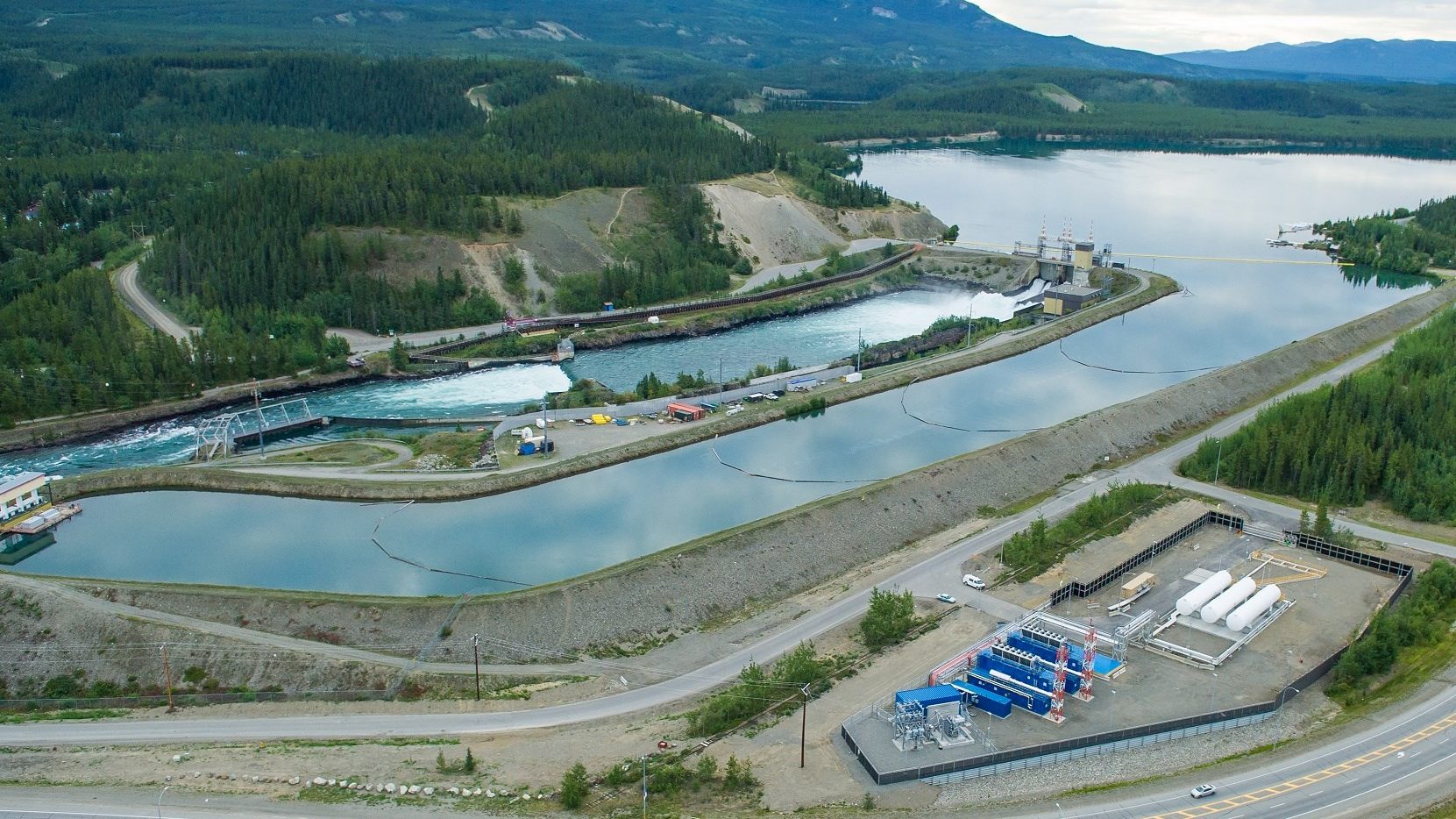
Canada is missing out on an opportunity to help Indigenous communities access a cheaper and more reliable form of clean energy for the sake of a zealous pursuit of certain renewable energy sources.
In its recent climate plan, the federal government committed to reducing the reliance of remote communities on diesel fuel. Many First Nation, Métis and Inuit communities rely on diesel to power their homes, schools, and public buildings.
There are also many non-Indigenous remote communities that are dependent on diesel fuel.
Besides emitting harmful air pollutants, diesel-powered generators are unreliable to operate and overly expensive, according to research by the Conference Board of Canada.
It is in everyone’s best interest to reduce use of this energy source, including all taxpayers. Delivery of liquefied natural gas (LNG) presents a reliable, affordable, lower emissions solution. But the government’s plan completely overlooks natural gas as a solution to energy insecurity in these off-grid communities.
For some perspective, the Canadian Chamber of Commerce reports that the cost of diesel-generated electricity in remote parts of Ontario is three to 10 times higher than the provincial average.
To compound problems, the high costs also increase operating costs for industries in remote regions by as much as 30 to 60 per cent, the Chamber said. Dependency on diesel reduces the economic viability of many Indigenous and remote communities.
The federal government is not ignorant of the problem, as they have set a goal to end this reliance by 2030.
Of course, this will be easier said than done. The central problem is not the target but the way these communities are expected to wean themselves off diesel power.
Government programs involve only certain renewable fuels, making use of solar, wind, and bioenergy systems. The federal government is using costly subsidy programs to promote these energy sources.
There is no question that renewable energy can and should be used as part of the solution. There are many successfully deployed renewable energy projects on First Nations in Canada.
But, as the Chamber noted, LNG offers many benefits for these communities including affordability, megawatt capacity, and reliability. Natural gas can also work in tandem with renewable energy projects to provide the base-load electric supply to address intermittent supply from the wind and sun.
But LNG as a solution for remote communities is being significantly overlooked.
In mainstream Canada, most homes, buildings and institutions have access to natural gas delivered through pipelines.
Now, it is not feasible to connect pipelines to many remote reserves because of location. But it is now possible to liquefy, transport and store natural gas in smaller amounts to support remote regions. There are communities in the far northern reaches of Canada like Inuvik and Whitehorse that already use LNG for their energy needs.
Building LNG facilities to service remote communities will generate jobs and economic growth, not to mention reduce Canada’s overall carbon footprint, the Chamber said.
To better service remote communities, Canada must encourage the growth of more LNG plants and strategically located depots to deliver natural gas.
To effectively address energy shortcomings and transition remote Indigenous communities off diesel, Canada must adopt a policy that recognizes the environmental and cost benefits of LNG.
Joseph Quesnel is a Nova Scotia-based consultant with the Canadian Energy Centre who is Quebec Metis by heritage.
The unaltered reproduction of this content is free of charge with attribution to Canadian Energy Centre Ltd.